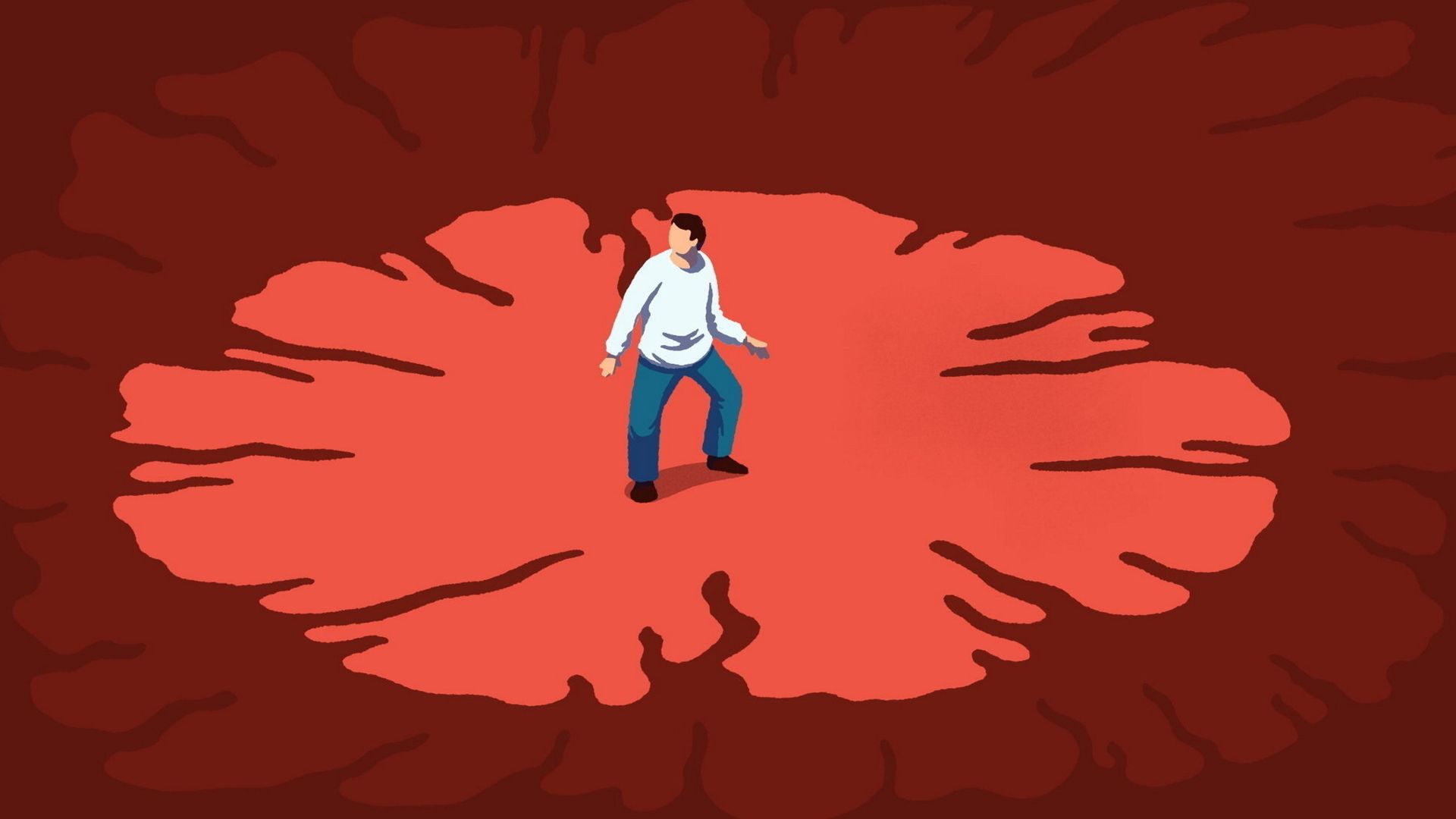
The writer is a science commentator
The idea of cancer as predominantly a disease of old age is beginning to creak. An analysis last year showed that, in the G20 group of industrialised nations, rates of several cancers are rising faster among the young than among the old.
Now, scientists at the American Cancer Society have confirmed the trend across a wider range of cancers, with statistics broadly suggesting that a Gen X or Millennial is more likely to develop certain types of the disease than her Baby-boomer parents. Half of the 34 types studied showed a “birth cohort effect”, meaning they are increasingly common among successively younger cohorts. For pancreatic and kidney cancer, for example, the incidence rate among those born in 1990 was two to three times the rate of those born in 1955.
The academics who published their findings in Lancet Public Health last week say these are “generational shifts in cancer risk”. The shifts come with profound implications. A tide of younger patients poses a challenge for future cancer care, whether it is rethinking screening programmes or finding ways to preserve fertility during treatment. As the disease itself metastasises into something unfamiliar, the dream of consigning it to history grows more challenging.
Hyuna Sung, an Atlanta-based epidemiologist at the ACS, teamed up with colleagues to dig into American cancer registry data on more than 23mn people who were diagnosed with 34 types of cancer between 2000 and 2019. The researchers also drew on registries recording over 7mn deaths from 24 types of cancer over the same period.
The data was sorted according to birth year, with patients grouped in five-year intervals from 1920 to 1990. Previous research by the ACS and other groups has found evidence of several cancers — including colorectal (or bowel), pancreatic, kidney, gallbladder and testicular — rising in the under-50s. Sung and colleagues found that same pattern writ large.
Among the new conditions trending upwards in younger generations are cancers of the small intestine, liver cancer in women and anal cancer among men. In some cases, death rates tacked upwards with incidence, including for colorectal, liver (in women) and testicular cancers. “These findings are sobering as they indicate the increased cancer risk in younger generations is not merely an artefact due to more frequent cancer detection and diagnosis,” Sung told me. “Instead, it points to a genuine increase in cancer risk at the population level, with the increase in incidence being substantial enough to outweigh improvements in cancer survival.”
That many of the cancers afflicting younger patients are gastrointestinal — including colorectal, bile duct, liver and gall bladder — might offer clues. Jeffrey Meyerhardt, chief clinical research officer at Harvard University’s Dana-Farber Cancer Institute, which recently opened a clinic focusing on under-50s with colorectal cancer, says there are likely unidentified risk factors but there are also known risk factors, like sedentary behaviour, a change in diet, plus rising rates of obesity and diabetes.
Those same factors could be disrupting the gut microbiome, the balance of internal bacteria thought to influence health and immunity. “But exactly what those [microbiome] changes are and how to reverse or improve them are not known,” Meyerhardt said.
Bafflingly, many of the new clinic’s young patients are in good shape, exercise regularly and eat healthily. That is prompting a hunt for environmental carcinogens capable of affecting entire generations. Last year, New Zealand researchers showed that microplastics, now found everywhere and ingested from infancy onwards, could disrupt the gut lining. The prevalence of microplastic pollution since the 1960s — the tiny plastic particles come from consumer products and the breakdown of industrial waste — has the right timeline and might explain the compounding effect between generations, but it needs further investigation.
In the meantime, screening programmes are changing: in the US, a task force has advised breast cancer screening starts a decade earlier at 40; but experts agonise over doing something similar for colorectal cancer, because it would still miss those in their twenties and thirties.
These are delicate calls. Wider screening carries downsides: expense, radiation exposure and false positives. And the over-50s still make up 90 per cent of cancer cases. Still, the shifting burden of disease deserves closer policy attention now.